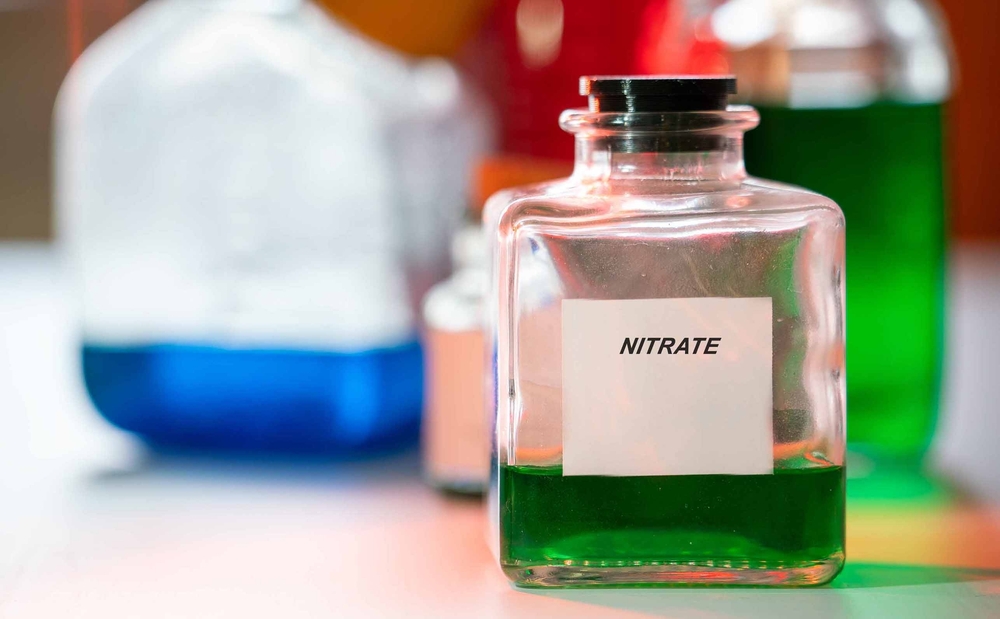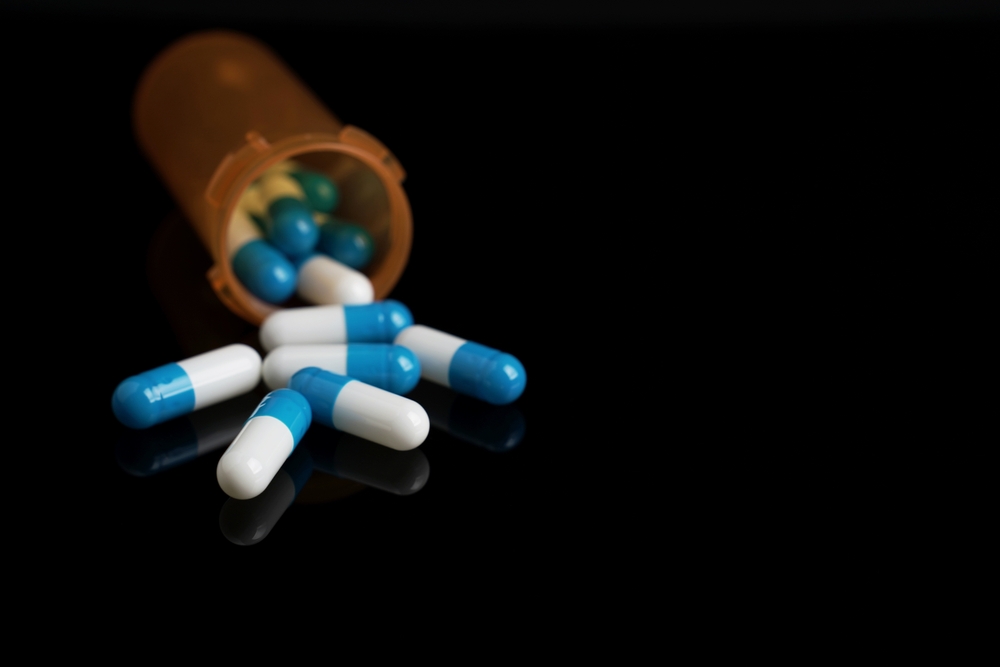The decision to take medication is not one that should be taken lightly. In fact, it’s an important decision that should be made with the advice of a healthcare professional. However, if you are taking multiple medications or supplements, it’s important to be aware of the potentially dangerous interactions between them—and the even more serious life-threatening ones. Here are some common dangerous drug combinations that you should avoid.
Dangerous and Deadly Drug Combinations

When your doctor or pharmacist gives you a medication, they will often give you a set of instructions. These include how and when to take them, dosage, and also what not to take them with. It is extremely important to listen to their instructions carefully because it could literally be the difference between living and dying.
While many drug interactions can be avoided by simply asking your doctor about them before starting them, some are so common that they’re considered standard practice for doctors to inform their patients about them. These are some of the most harmful drug combinations. Here are eight potentially deadly drug combinations.
Read More: 10 Medications Linked to Dementia
1. ACE Inhibitors and Potassium Supplements

ACE inhibitors are for people with high blood pressure, and they’re usually prescribed as a first-line treatment. They’re typically used along with other medications to help reduce the risk of stroke or heart attack. Potassium supplements are often recommended for people who have had heart issues or surgery, but they’re also sometimes taken by healthy people who want more potassium in their diet. However, when taken together, these two drugs can cause hyperkalemia—a condition wherein there’s too much potassium in your bloodstream. This can lead to muscle weakness and even paralysis. (1)
2. Statins and Amiodarone

Statins are for people with high cholesterol and heart disease. They block the production of cholesterol in your body, which can help lower blood pressure and prevent heart attacks. Amiodarone is a medication that’s used to treat an irregular heartbeat (atrial fibrillation). It’s also used to protect against damage to the heart tissue after cardiac surgery or a heart attack. When taken together, these two drugs have been shown to cause liver damage and muscle weakness in some people—especially those who are older than 65 years old. (2)
3. PDE-5 Inhibitors and Nitrates

PDE-5 inhibitors are for erectile dysfunction. They work by relaxing smooth muscles in the penis and increasing blood flow, which allows for an erection. Nitrates are used to treat angina (chest pain caused by reduced blood flow to the heart). They work by widening narrowed arteries that supply oxygen-rich blood to your heart. When taken together, these two drugs have been shown to cause low blood pressure and dizziness—which can lead to falls or other injuries. (3)
4. Warfarin and Ibuprofen

Warfarin is for blood clotting. It works by preventing the formation of blood clots and reducing inflammation. Ibuprofen is for pain, fever, and inflammation. It reduces prostaglandin production in your body, reducing swelling and pain. When taken together, these two drugs can cause excessive bleeding or bruising—which could be life-threatening if you’re taking warfarin for a medical condition such as atrial fibrillation (irregular heartbeats). (4)
5. Warfarin and Acetaminophen

Acetaminophen is the active ingredient in Tylenol and other over-the-counter painkillers. It relieves pain by reducing prostaglandin production in your body, which reduces swelling and inflammation. When taken together with warfarin, it can cause excessive bleeding or bruising, which could be life-threatening. This combination could also cause liver damage —which can be fatal in severe cases. (5)
Read More: People on Reddit Describe The Weirdest Side Effect They’ve Ever Experienced From Medication
6. Opioids and Benzodiazepines

Opioids are for pain relief, while benzodiazepines are sedatives. They can cause a dangerous drop in blood pressure and respiratory failure when used together. This combination could also cause seizures or coma. (6)
7. Alcohol and Opioids

Alcohol and opioids are both depressants, which can slow down your breathing. When taken together, their effects can be fatal. Alcohol is a central nervous system (CNS) depressant that slows down brain function; opioids are also CNS depressants that reduce pain by decreasing activity in the spinal cord and brain. These drugs work together by inhibiting respiration, which reduces blood oxygen levels. This combination could cause severe respiratory depression or failure —which could be life-threatening. (7)
8. Statins and Fluconzazole

Fluconazole is a prescription antifungal drug used to treat yeast infections and prevent them from recurring. Statins are cholesterol-lowering drugs that lower the risk of heart attack and stroke by reducing the amount of LDL (“bad”) cholesterol in your blood. When combined with fluconazole, the statin can increase your risk of developing muscle damage or rhabdomyolysis—a condition where muscle fibers break down into their components (myoglobin), which can lead to kidney failure if not treated quickly. (8)
The Bottom Line

Combining any medications or drugs is never a good idea. We must also remember that things like alcohol and smoking, while regular parts of most societies are also still drugs. They have interactions with medications just as over-the-counter and prescription medications will. Be sure to read all labels carefully and closely follow the instructions of your healthcare provider and/or pharmacist. If you notice that you are experiencing any adverse reaction, no matter how mild, to any drug or medication, speak to your healthcare provider immediately. If you are having a severe life-threatening reaction, call 911.
Read More: Side Effects of Common Medications Are Being Mistaken for ‘Old Age’
Sources
- “Hyperkalemia.” NCBI. Leslie V. Simon; Muhammad F. Hashmi; Mitchell W. Farrell. February 19, 2023.
- “Efficacy of statins combined with amiodarone in the treatment of atrial fibrillation: A meta-analysis.” Sage Pub. Yingbiao Wu, et al. May 16, 2022.
- “PDE5 Inhibitors and Nitrates in Men With Ischemic Heart Disease.” ACC.
Holt A, Blanche P, Jensen AK, et al. April 27, 2022. - “Taking warfarin with other medicines and herbal supplements.” NHS
- “Warfarin and acetaminophen interaction in a 47-year-old woman.” NCBI. Derek Leong, et al. May 11, 2020.
- “Benzodiazepines and Opioids.” NIH.
- “Alcohol and opioids: possible interactions of clinical importance.” Pubmed. P Cushman Jr. 1987.
- “Drug Interactions between fluconazole and simvastatin.” Drugs.
- “Dangerous and Deadly Drug Combinations” Medsacpe
Disclaimer: This information is not intended to be a substitute for professional medical advice, diagnosis or treatment and is for information only. Always seek the advice of your physician or another qualified health provider with any questions about your medical condition and/or current medication. Do not disregard professional medical advice or delay seeking advice or treatment because of something you have read here.

